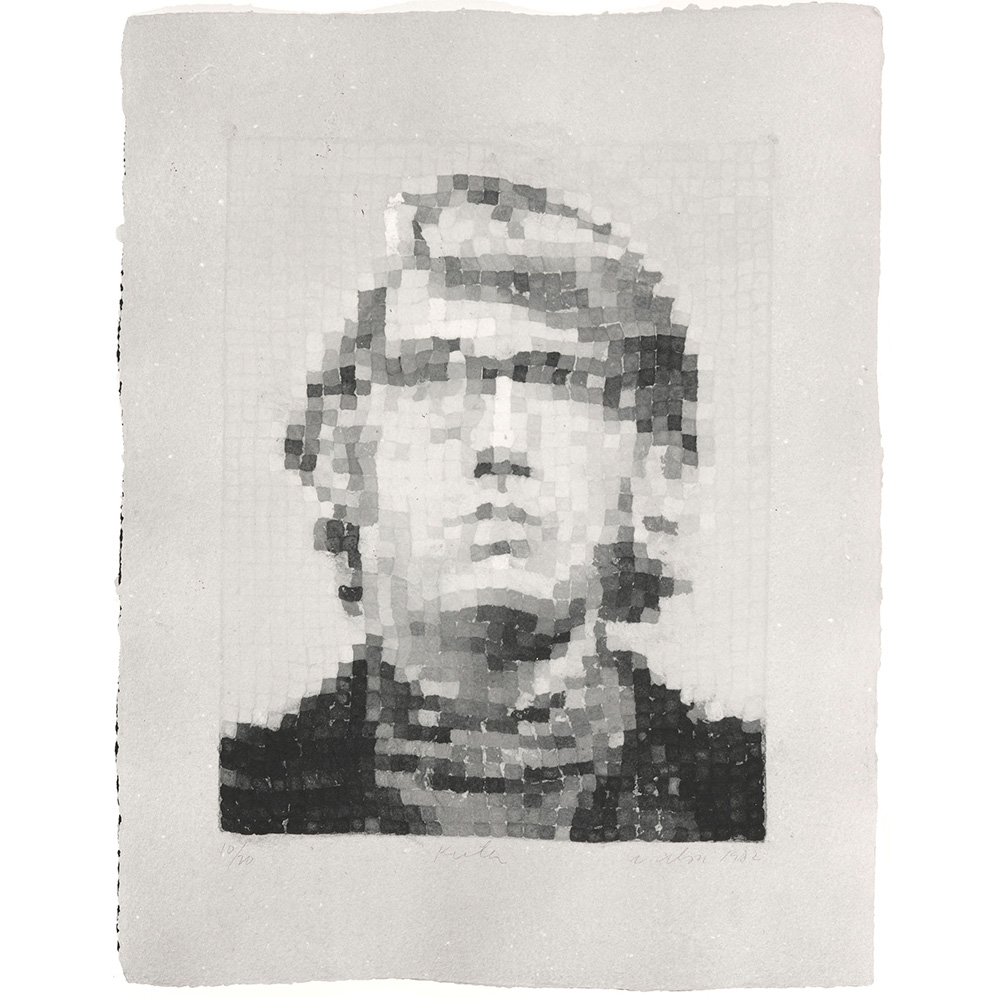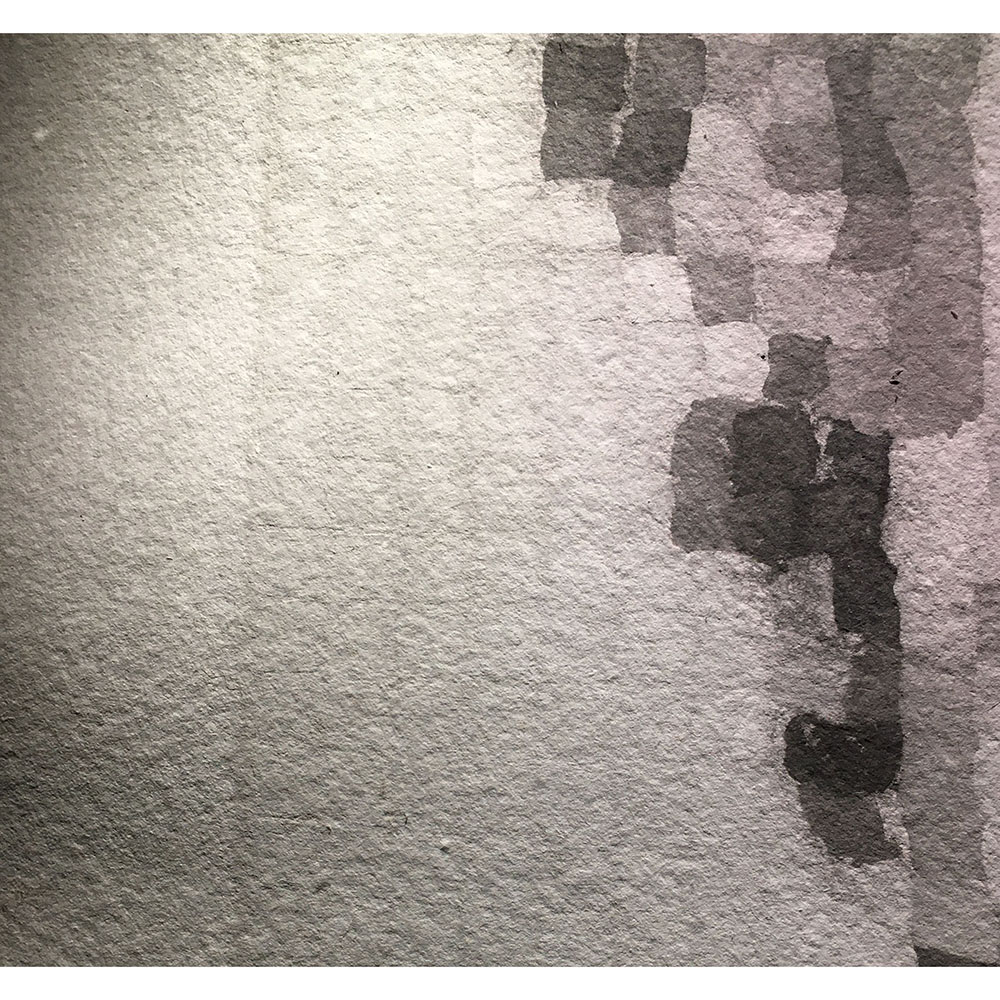- Events & Programs Home
- Calendar
- Accessibility
- Adults
-
Families & Teens
- Families & Teens Home
- 10x10 Teen Art Expo
- Art on the Rise
- Art Together: Art Making for Families with Children Ages 3–5
- Babies Sing with May Festival Minis
- Boy Scouts / Girl Scouts
- CAM Kids Day
- Family Storytime and Gallery Walk
- Family Studio: Art Making for Families with Children Ages 6–12
- Games in the Galleries
- Members-Only Baby Tours
- Public Baby Tours
- REC Reads
- Rosenthal Education Center (REC)
- Saturday Morning Art Class
- See Play Learn Kits
- Summer Camp
- Teen Fest: Zine and Comic Exchange
- RECreate
- Teachers
- Community Outreach
- Fundraisers
- Plan Your Own Event

- Events & Programs Home
- Calendar
- Accessibility
- Adults
-
Families & Teens
- Families & Teens Home
- 10x10 Teen Art Expo
- Art on the Rise
- Art Together: Art Making for Families with Children Ages 3–5
- Babies Sing with May Festival Minis
- Boy Scouts / Girl Scouts
- CAM Kids Day
- Family Storytime and Gallery Walk
- Family Studio: Art Making for Families with Children Ages 6–12
- Games in the Galleries
- Members-Only Baby Tours
- Public Baby Tours
- REC Reads
- Rosenthal Education Center (REC)
- Saturday Morning Art Class
- See Play Learn Kits
- Summer Camp
- Teen Fest: Zine and Comic Exchange
- RECreate
- Teachers
- Community Outreach
- Fundraisers
- Plan Your Own Event
Blog: CAM Uncovered
Blog: CAM Uncovered
- Home
- Plan Your Visit
- Art
-
Events & Programs
- Events & Programs Home
- Calendar
- Accessibility
- Adults
-
Families & Teens
- Families & Teens Home
- 10x10 Teen Art Expo
- Art on the Rise
- Art Together: Art Making for Families with Children Ages 3–5
- Babies Sing with May Festival Minis
- Boy Scouts / Girl Scouts
- CAM Kids Day
- Family Storytime and Gallery Walk
- Family Studio: Art Making for Families with Children Ages 6–12
- Games in the Galleries
- Members-Only Baby Tours
- Public Baby Tours
- REC Reads
- Rosenthal Education Center (REC)
- Saturday Morning Art Class
- See Play Learn Kits
- Summer Camp
- Teen Fest: Zine and Comic Exchange
- RECreate
- Teachers
- Community Outreach
- Fundraisers
- Plan Your Own Event
- Give & Join
- About
- Tickets
- Calendar
- Exhibitions
- Collections
- Blog
- Shop
Behind the Scenes in Conservation: Investigating a Chuck Close Print
by Cecile Mear, Conservator of Works on Paper
8/22/2024
CAMConservation , Chuck Close , Keith Hollingworth , paper pulp print , Art Bridges , Denison Museum , Denison University , portrait , paintings conservation
This month, the museum loaned its first group of art objects as part of the Art Bridges Partner Loan Network. Denison Museum at Denison University (Granville, Ohio) will show nine Cincinnati Art Museum pieces in different media from August 29 to November 29, 2024, in their exhibition Portraying Identity.
One piece selected by Denison is Keith IV (1981) by Chuck Close. I last saw the print in 2009. Preparing for the loan gave me an opportunity to examine it again, this time out of its frame, which helped me understand how Close created it.
Keith IV is classified as a print or a multiple, and it is inscribed at the bottom left “10/20”, identifying it as the tenth impression from an edition of 20. At first glance, the work looks like a watercolor in shades of grey, but the artist’s use of wet media on paper is its only similarity to a watercolor painting. Information from the publisher, Pace Editions Inc., describes the process of distributing dyed, wet paper pulp in 22 shades of grey into the openings of a half-inch plastic grid on handmade paper. After depositing the pulp onto the paper, the artist manipulated the wet pulp before pressing and drying the sheet. When viewed in raking light, an impression of the grid in the paper surface is barely visible. (See the detail of the left center of the print.) The process results in each of the 20 impressions being slightly different. Prints created by other processes can also have variations because of how the artist applied ink to the print matrix.
Perhaps best known for his large-scale portraits painted on canvas that employ a grid system, Close began his foray into printmaking with another portrait of friend and artist Keith Hollingworth (the subject of Keith IV). During his career, Close experimented with many printmaking techniques, collaborating with master printers, as he did with this paper pulp portrait.
Related Blog Posts


Cincinnati, OH 45202
Toll Free: 1 (877) 472-4226
Museum Hours
Museum Shop
Terrace Café
Library
Cincinnati Art Museum is supported by the tens of thousands of people who give generously to the annual ArtsWave Campaign, the region's primary source for arts funding.

Free general admission to the Cincinnati Art Museum is made possible by a gift from the Rosenthal Family Foundation. Exhibition pricing may vary. Parking at the Cincinnati Art Museum is free.
Generous support for our extended Thursday hours is provided by Art Bridges Foundation’s Access for All program.

General operating support provided by:






